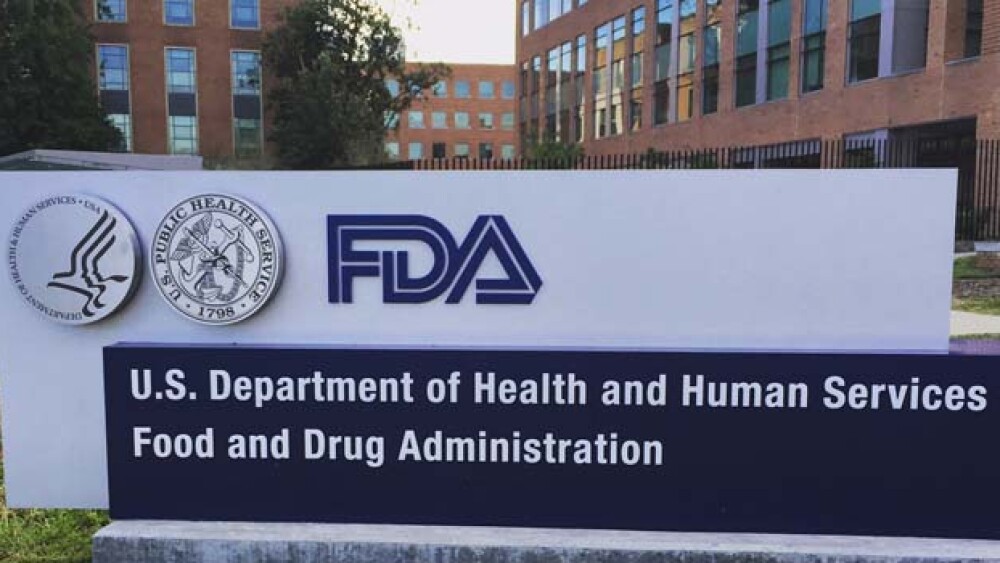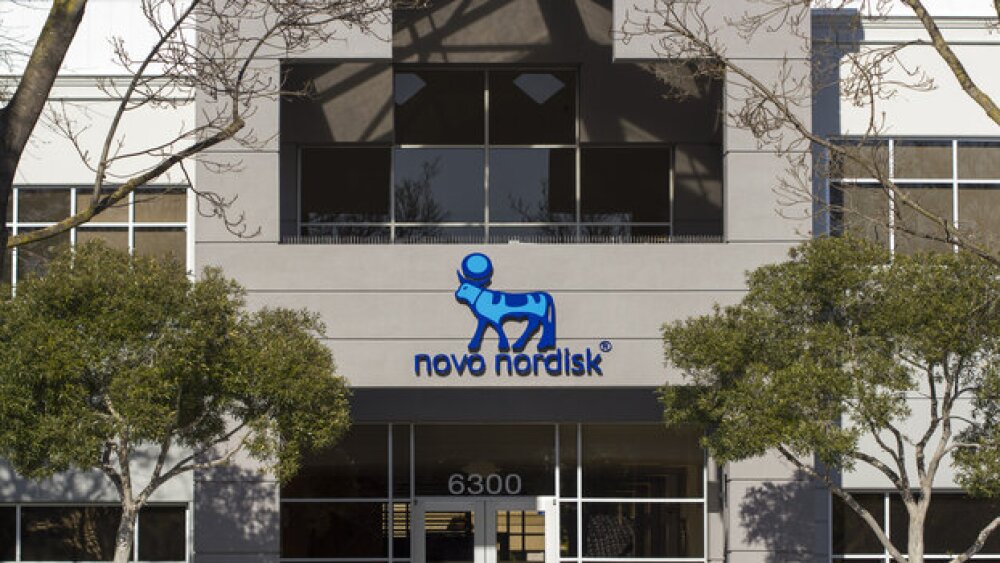The U.S. Food and Drug Administration (FDA) released a new 2019 strategic Framework for how it plans to advance the use of so-called real-world data (RWD) to improve regulatory decisions. The agency has indicated that this is a strategic priority.
The U.S. Food and Drug Administration (FDA) released a new 2019 strategic Framework for how it plans to advance the use of so-called real-world data (RWD) to improve regulatory decisions. The agency has indicated that this is a strategic priority.
RWD is in part, the type of data accumulated by health care institutions via electronic health care records, medical claims, product and disease registries, lab tests and, the agency notes, “even cutting-edge technology paired with consumer mobile devices. These data are being used to develop information and real-world evidence (RWE) that can better inform regulatory decisions.”
The agency believes that RWD and RWE provides data that can “complement, augment and expand our understanding of how best to use medical products.” It has great utility in postmarket monitoring for the safety of drugs and medical products. The agency provides the example of its Sentinel system, which “eliminated the need for postmarketing studies on nine potential safety issues involving five products, making our postmarket evaluation of safety timelier and more effective.”
This is also undoubtedly why biopharma companies are making big investments and acquisitions in companies that gather and analyze real-world data. For example, in February, Roche acquired Flatiron Health for $1.9 billion. Flatiron had a Health OncologyCloud platform that includes a top electronic medical record for oncology, advanced analytics, patient portal and integrated billing management.
When it was acquired in February, Roche chief executive officer Daniel O’Day praised Flatiron’s “regulatory-grade real-world evidence.” Flatiron’s cancer-specific software is used by more than 265 cancer clinics, six academic research centers and more than a dozen oncology-focused companies.
And Roche also acquired genomic profiling company Foundation Medicine for $2.4 billion.
And on November 20, Germany’s Merck KGaA, Darmstadt, Germany, formed a joint venture called Syntropy with Silicon Valley data analytics company Palantir Technologies. Syntropy will be based in Boston and will focus on cancer data analytics tools.
And this year, Roivant Sciences launched Datavant, which has a goal of pulling data from a variety of different datasets to inform the development and design of clinical trials. Datavant is led by Travis May, co-founder and chief executive officer of LiveRamp.
In a statement at the time, May said, “As a technologist looking at the biopharma industry, it’s surprising and disconcerting how little data is shared as compared to other industries. Biopharmaceutical data is siloed across big pharma companies, universities, healthcare consortia, CROs, research groups, hospital systems, regulatory bodies, patient registries, genomics companies, and EMRs. There is tremendous potential to apply analytics to this data more effectively, improve drug development, and ultimately save lives.”
In the FDA statement, the agency notes that these opportunities for real-world data collection and analysis are already being recognized, especially in the oncology setting. “We currently have new drug applications under review where RWD and RWE are helping to inform our ongoing evaluation as one component of the total complement of information that we’re evaluating.”
As part of the framework, the FDA indicates it will consider three points on a case-by-case basis:
- Whether the RWD is appropriate for use.
- Whether the clinical trial design used to create RWE provides adequate scientific evidence that answers or helps to answer the regulatory questions.
- Whether the study conduct meets FDA regulatory requirements, such as study monitoring and data collection.
The framework states, “FDA intends to use this three-part approach to evaluate individual supplemental applications, as appropriate, and more generally to guide FDA’s RWE Program.”
Scott Gottlieb, FDA Commissioner, stated, “The FDA recognizes how important RWD and RWE are. This is a top strategic priority for the FDA. We’re committed to realizing the full potential of these tools in advancing the development of novel therapeutic products and strengthening our regulatory oversight of medical products across the life-cycle continuum.”





